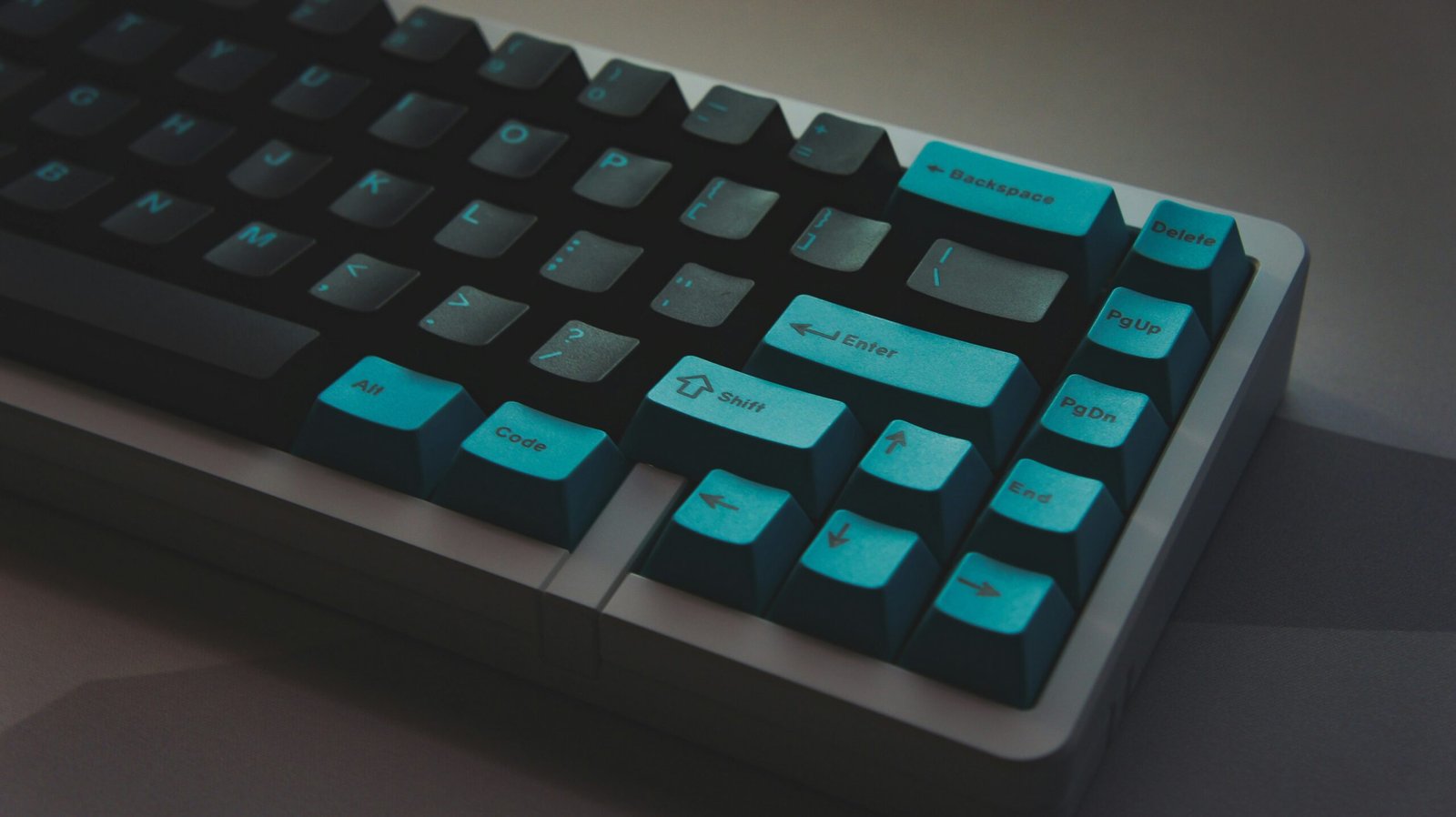How Graphics Cards Work?

Graphics cards, also known as video cards or GPUs (Graphics Processing Units), are essential components in modern computers. They play a crucial role in rendering images, videos, and animations on computer screens. In this article, we will explore how graphics cards work and their importance in delivering high-quality visuals.
At a basic level, a graphics card is responsible for converting data into a signal that can be displayed on a monitor. It consists of various components, such as a processor, memory, and connectors. Let’s dive deeper into each of these components to understand their functions.
1. Graphics Processing Unit (GPU):
The GPU is the heart of a graphics card. It is designed specifically for handling complex mathematical and geometric calculations required for rendering graphics. The GPU contains thousands of cores that work in parallel to process data and perform calculations at lightning-fast speeds. These cores are responsible for tasks like shading, texturing, and lighting, which contribute to the overall visual quality.
2. Video Memory:
Graphics cards have their dedicated video memory, known as VRAM (Video Random Access Memory). VRAM stores the data required for rendering images and textures. Having dedicated memory allows the GPU to access data quickly, resulting in faster rendering times and smoother gameplay. Higher VRAM capacity is especially important for gaming and graphic-intensive tasks.
3. Connectors:
Graphics cards come with various connectors to connect to monitors, such as HDMI, DisplayPort, and DVI. These connectors transmit the processed video signal from the GPU to the monitor, allowing users to view the output. Different connectors support different resolutions and refresh rates, so it’s essential to choose the appropriate connector based on your monitor’s specifications.
4. Cooling System:
Graphics cards generate a significant amount of heat due to the intensive processing they perform. To prevent overheating, they are equipped with cooling systems, typically consisting of fans and heat sinks. The fans help dissipate heat by blowing air over the heat sinks, which transfer the heat away from the GPU. Some high-end graphics cards also feature liquid cooling systems for more efficient heat dissipation.
Now that we have a basic understanding of the components let’s explore how a graphics card works in action:
1. The CPU (Central Processing Unit) sends instructions to the GPU on what needs to be rendered.
2. The GPU receives these instructions and retrieves the necessary data from the VRAM.
3. The GPU performs complex calculations, such as geometry transformations, lighting effects, and texture mapping, to create the final image.
4. The processed image is then sent to the monitor via the appropriate connector.
5. The monitor displays the image, and the user can enjoy the visually stunning graphics.
Graphics cards are not only crucial for gaming but also for tasks like video editing, 3D modeling, and scientific simulations. They offload the intensive computational tasks from the CPU, allowing for faster and more efficient processing. Additionally, graphics cards can be upgraded separately from the rest of the computer, providing an easy way to enhance the system’s graphical capabilities.
In conclusion, graphics cards are essential components that enable computers to render high-quality visuals. With their powerful GPUs, dedicated video memory, and cooling systems, they deliver stunning graphics and smooth performance. Whether you are a gamer, a graphic designer, or a video editor, having a capable graphics card can greatly enhance your computing experience.




